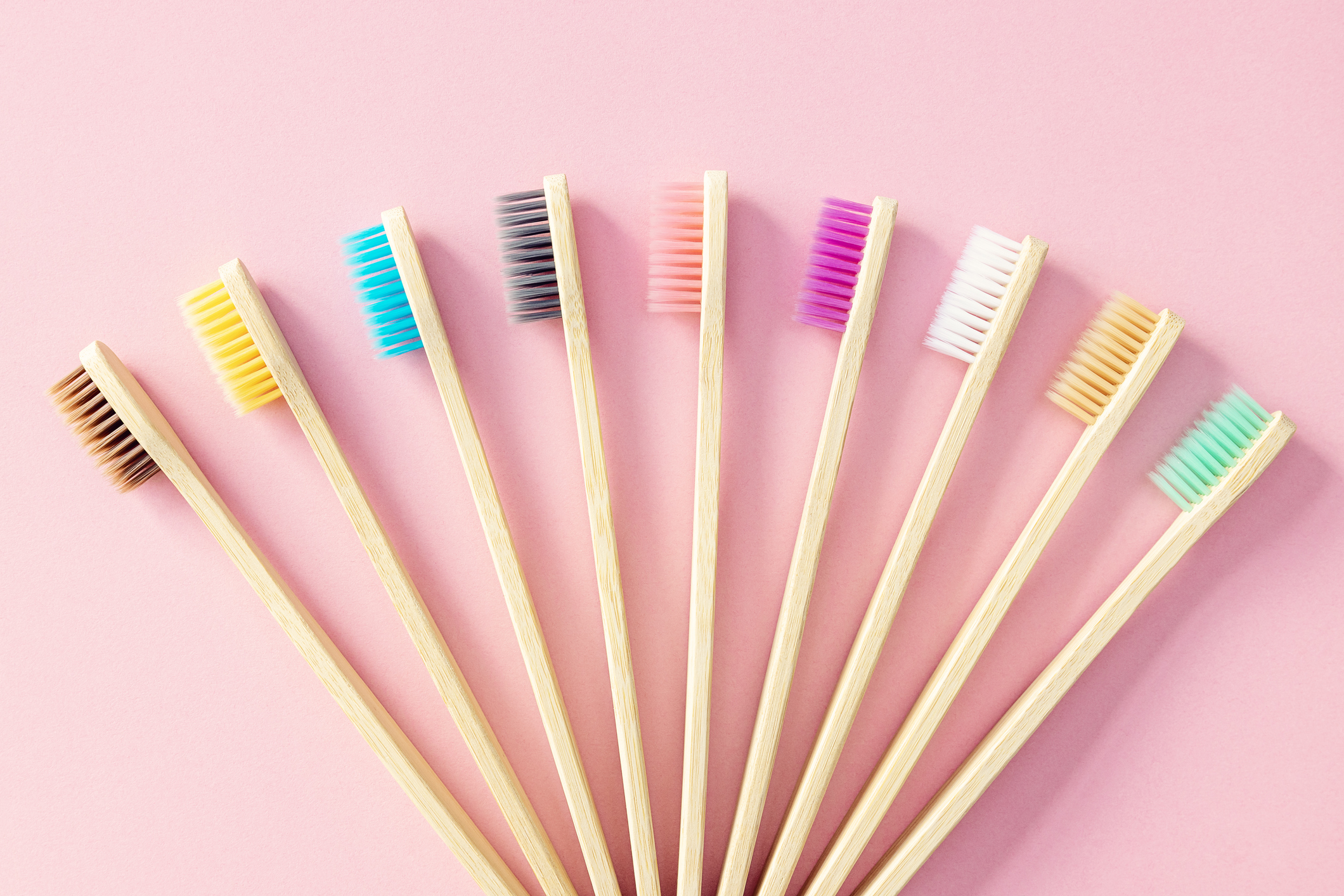(iVillage Total Health) - Parents who've debated the pros and cons of using pacifiers for their infants and toddlers may be surprised by a new report that outlines the risks as well as benefits of the suckers.
Almost every parent knows that pacifiers help calm and quiet a crying baby—a definite plus. Sucking soothes them and provides psychological and physical comfort.
According to a report published in the January/February issue of General Dentistry, the journal of the Academy of General Dentistry, prolonged pacifier use (for six or more hours a day and after the child reaches 24 to 28 months) can lead to permanent damage in the alignment of the child's teeth and mouth. Thumb or finger sucking can cause similar kinds of bite problems.
Giving infants pacifiers during the first week of life may reduce their desire to breastfeed, according to the report. Experts recommend waiting until the child is at least a month old before introducing a pacifier.
A recently identified benefit of pacifiers is their use in children under a year old in reducing the risk of sudden infant death syndrome (SIDS), an unexplained and abrupt phenomenon that leads to an estimated 2,500 deaths year, according to the American Academy of Family Physicians. In 2005, the American Academy of Pediatrics began recommending parents put babies to sleep on their backs with a pacifier (including during daytime naps). Researchers said sucking the pacifier prevents the baby from sleeping as deeply, alters their breathing patterns and makes it easier for them to awaken.
Children who use pacifiers are more prone to recurring ear infections and parents of these children should restrict pacifier use to the time when the child is falling asleep. From a safety standpoint, pacifiers may pose a risk of accidental choking if the pacifier becomes lodged in the child's throat. Severe cuts and damage to the inner lips and folds of the upper and lower gum tissue may also occur if the pacifier is pushed inside the lips.
The report cautions parents against placing a string or cord around the pacifier or allowing children to wear them around their necks—since this leaves them vulnerable to possible strangulation. Instead, experts recommend putting a small ring around the end (to allow you to pull the pacifier out of the throat) and using pacifiers with small holes in the flange to allow airflow in case they become lodged in the mouth.
Health
When is the right time to wean your toddler off of the pacifier? According to the report's author, Dr. Jane Soxman, the appropriate time for discontinuing use varies and it may be socially acceptable for children to use them into the preschool years. However, to avoid the potential damage to the baby's teeth and mouth, 2 years may be the best time to stop pacifier use.
Soxman suggests parents begin to gradually reduce the amount of time children use the pacifiers, starting with daytime use. They may be given the pacifier at night to help them fall asleep. Some methods for kicking the pacifier habit may include making it taste bad, poking a hole in the tip or cutting off the tip to make it less enjoyable, losing it or just taking it away from the child completely.
Copyright 2007 iVillage Total Health.



